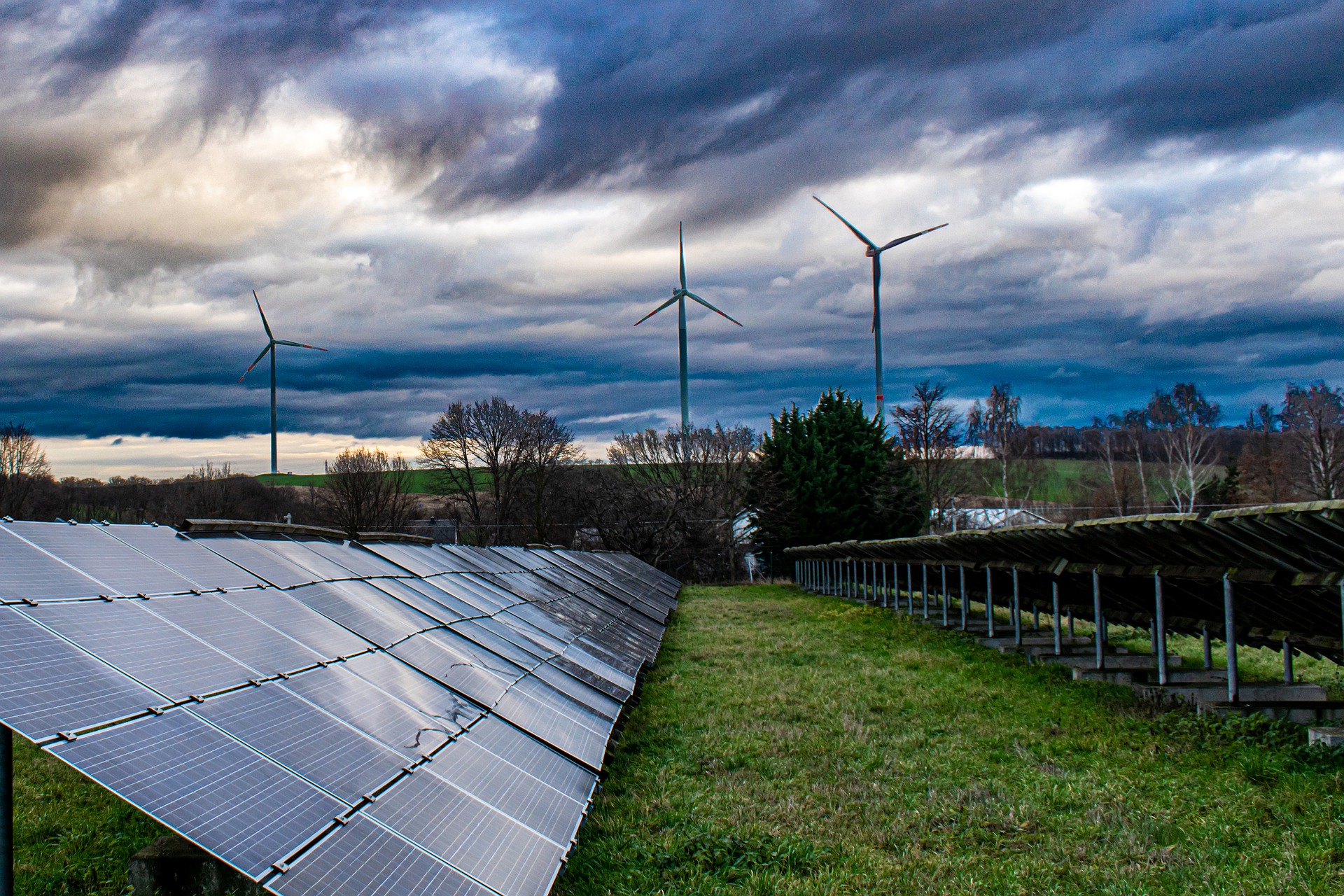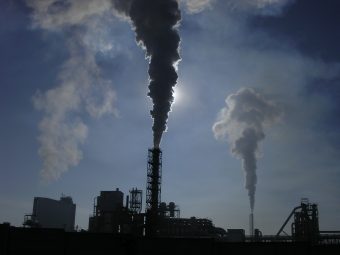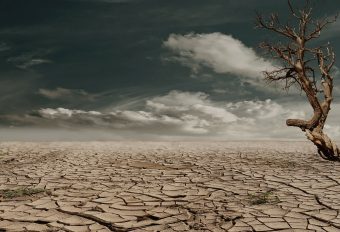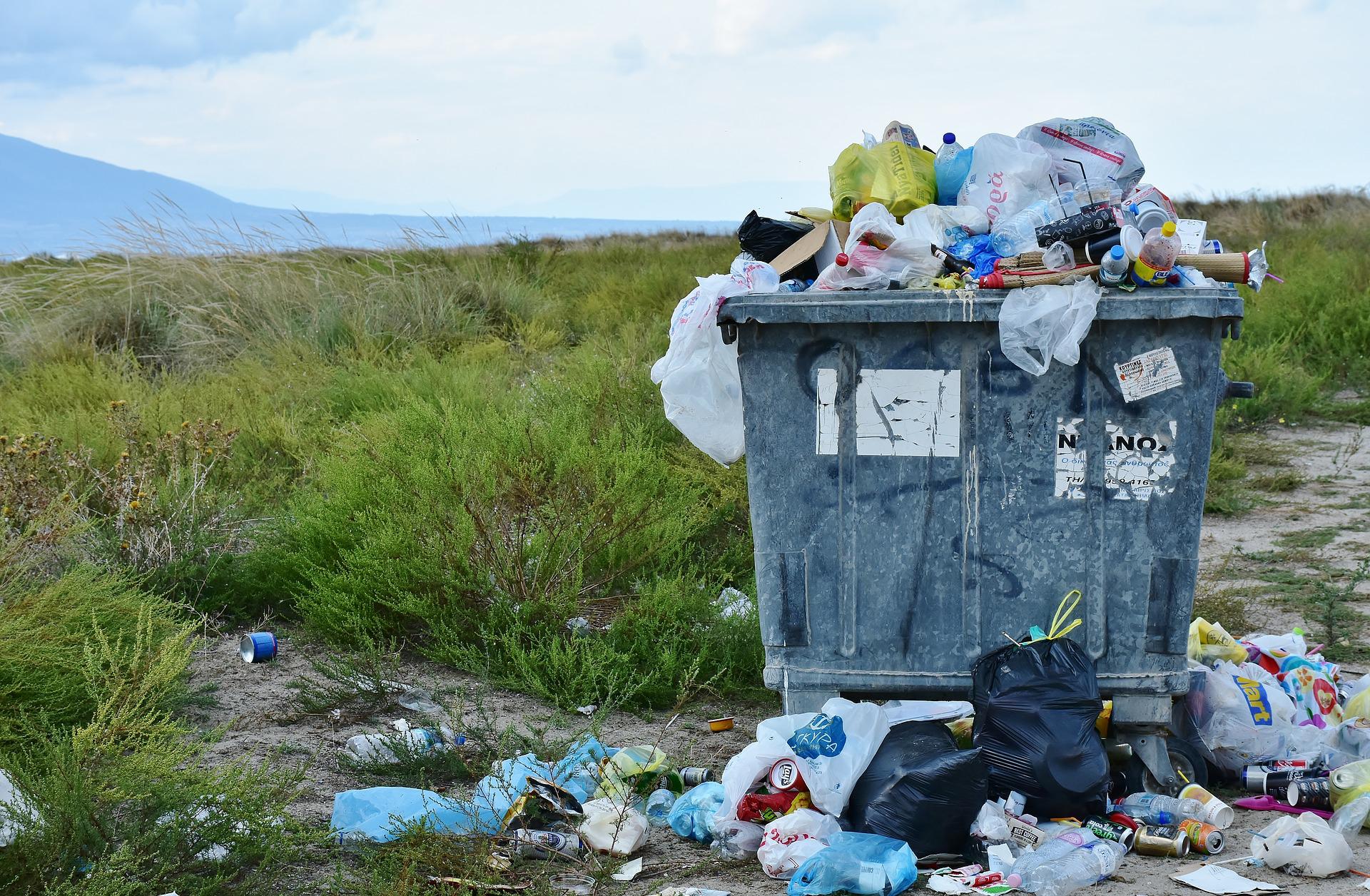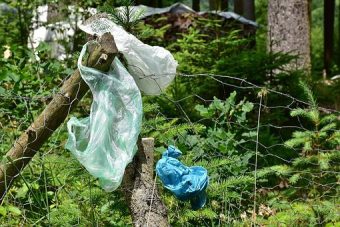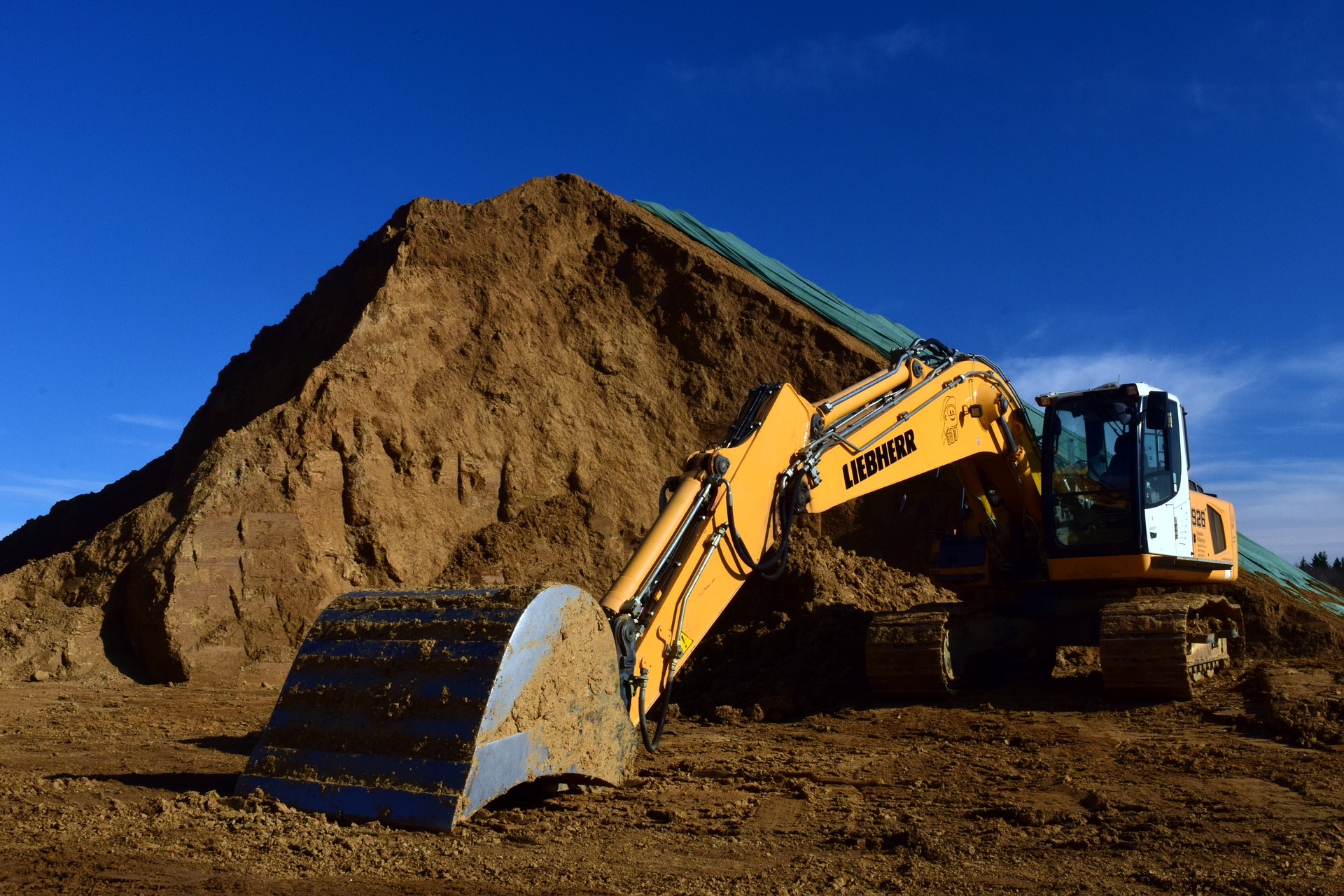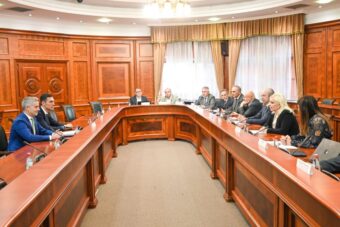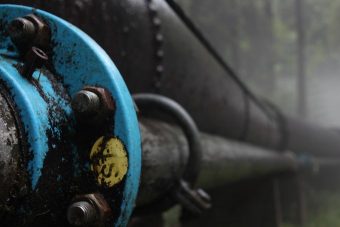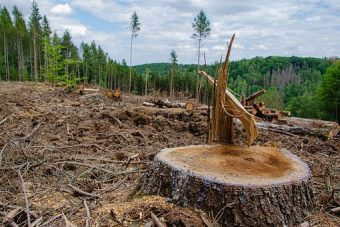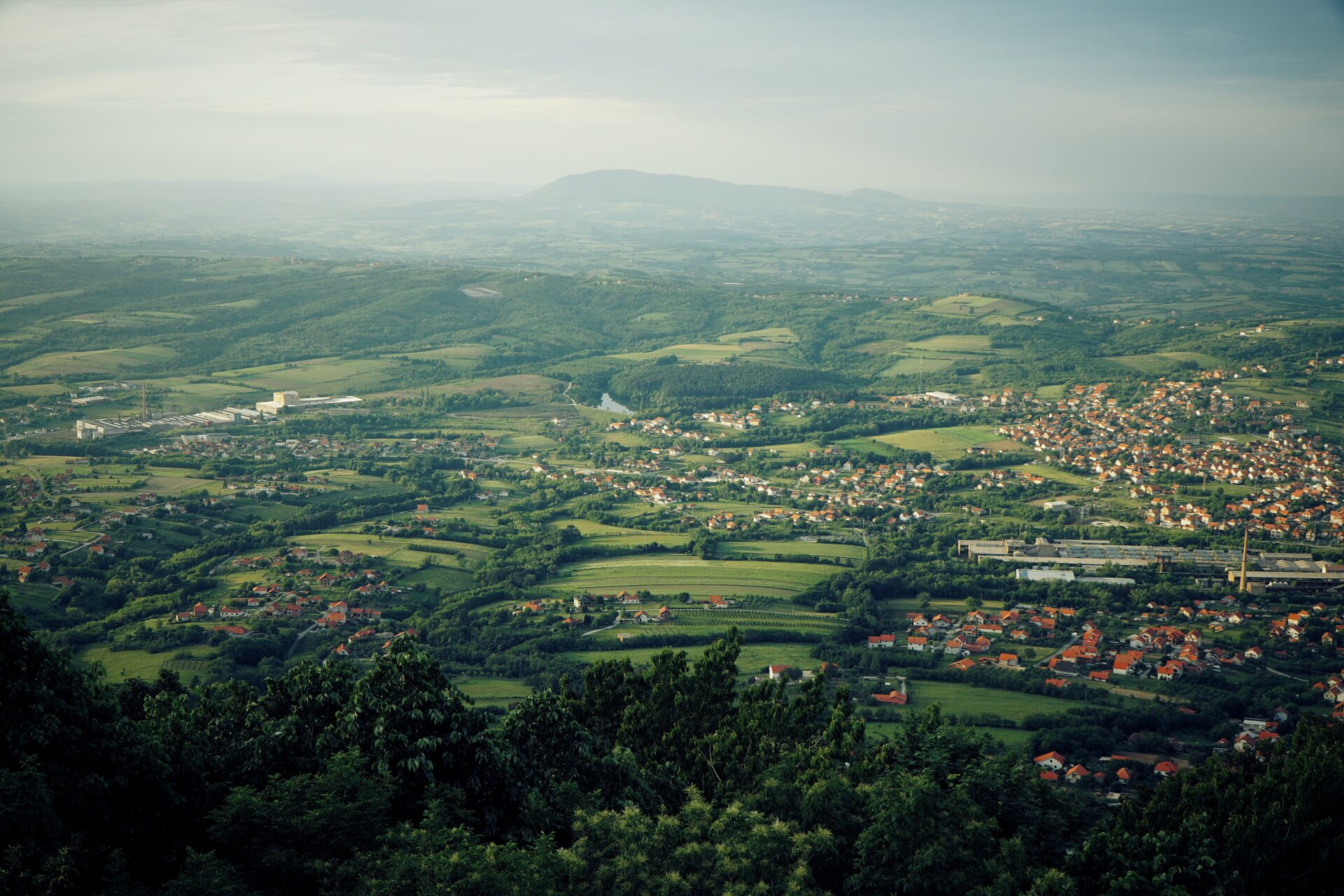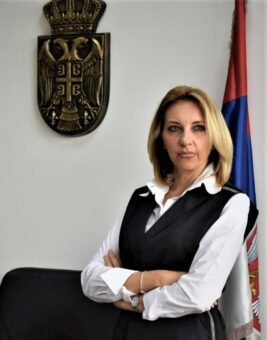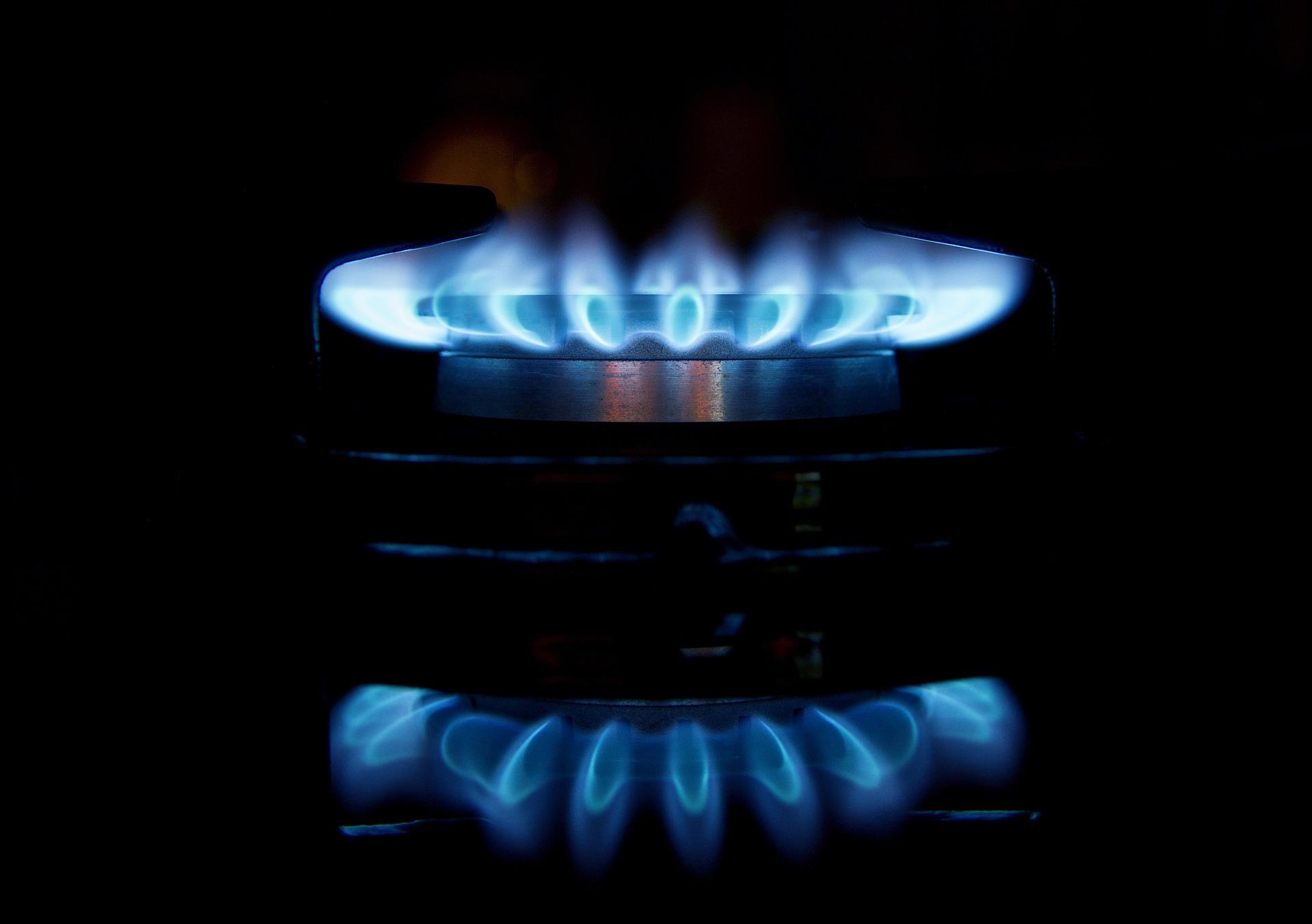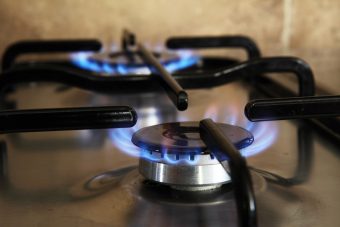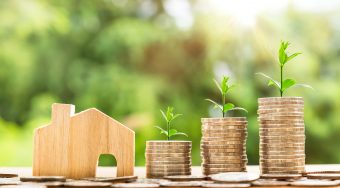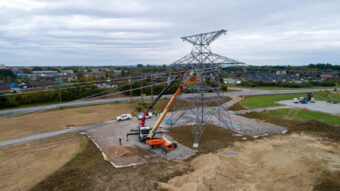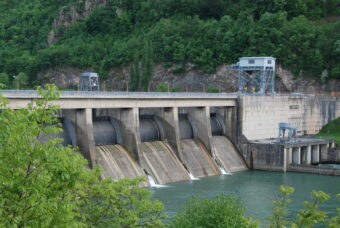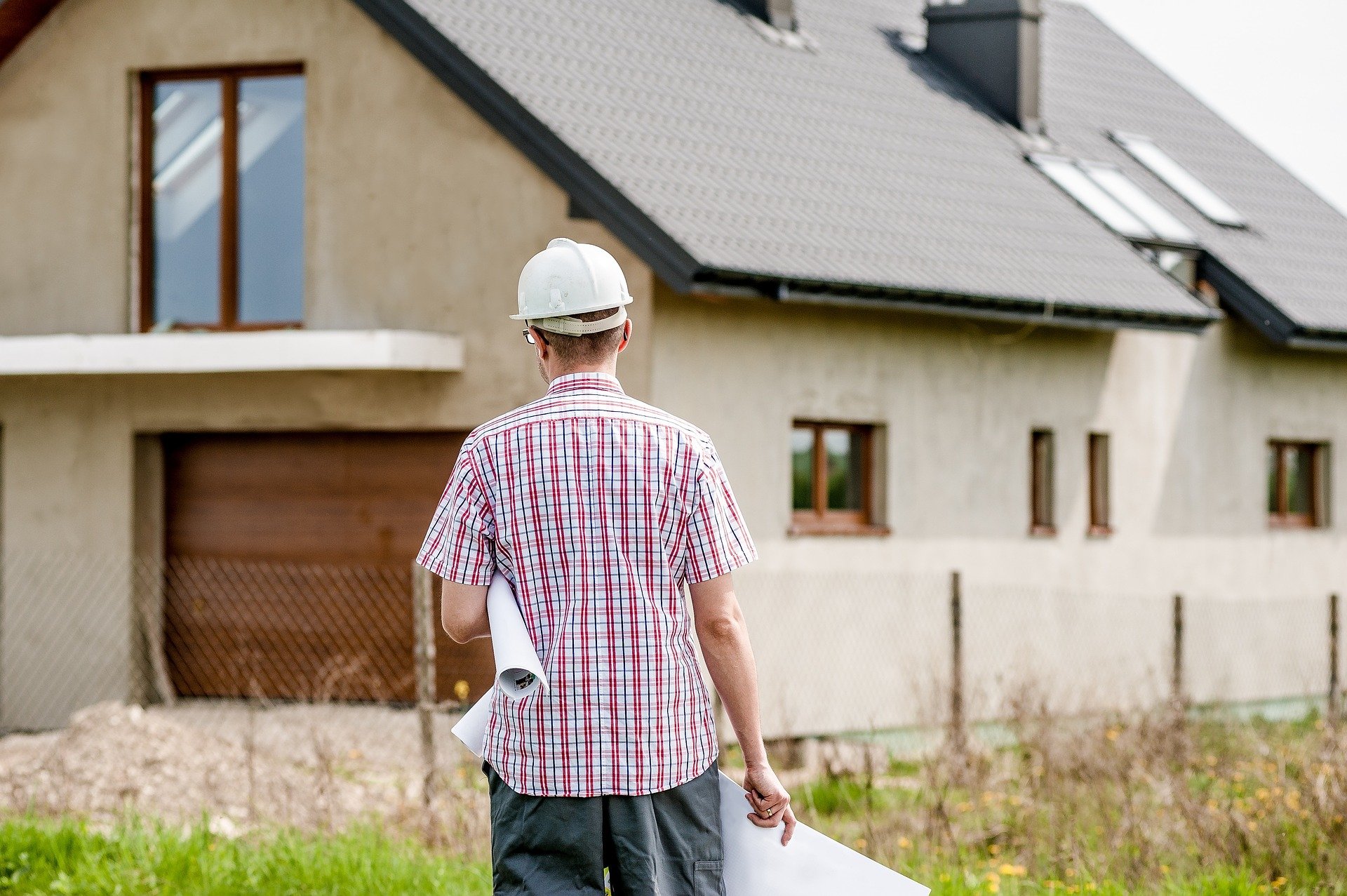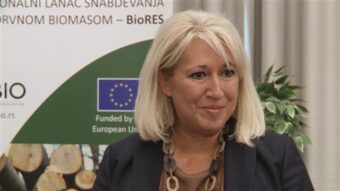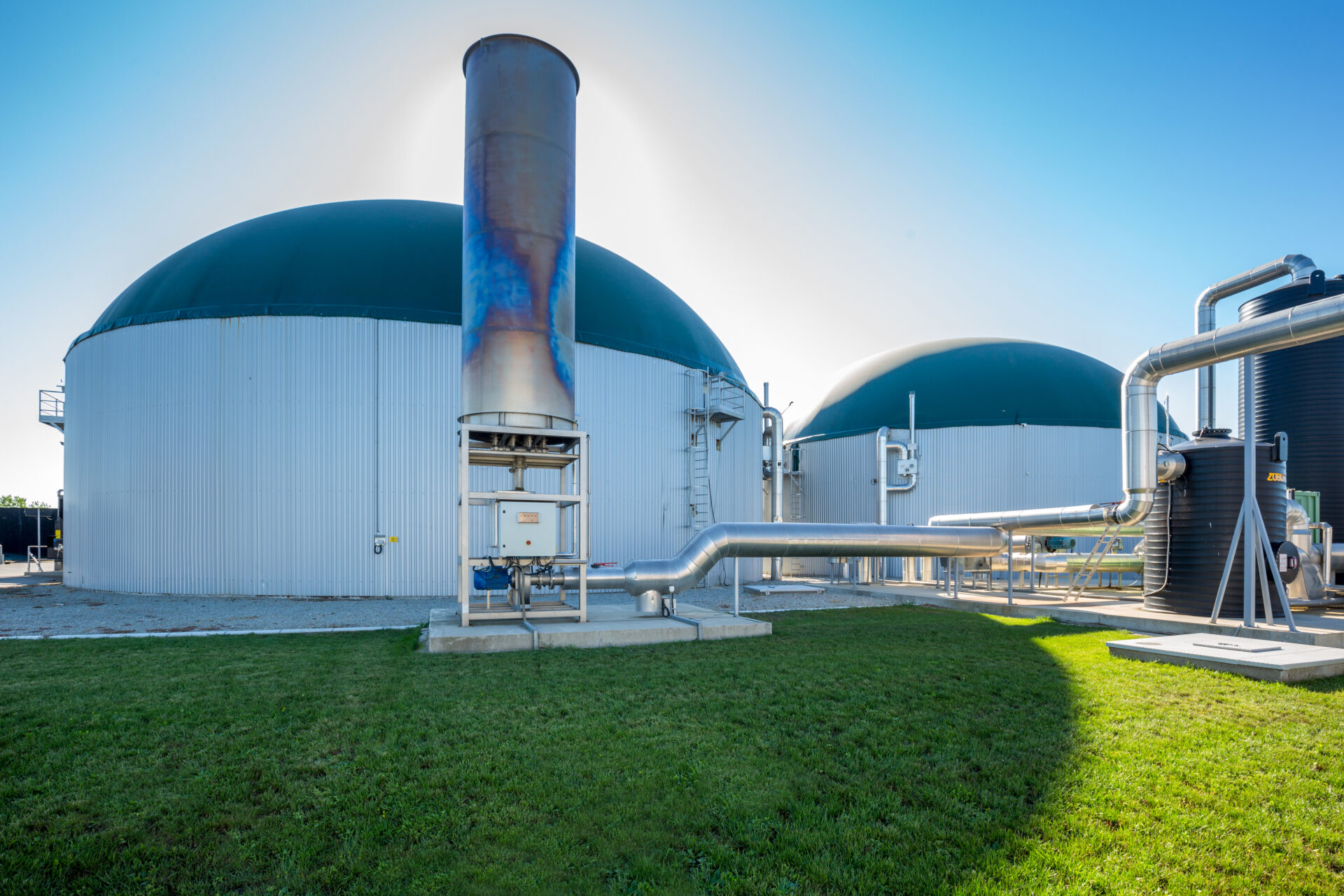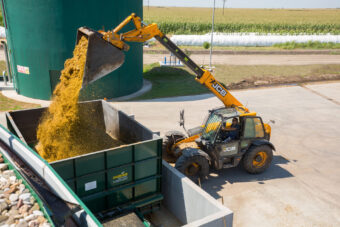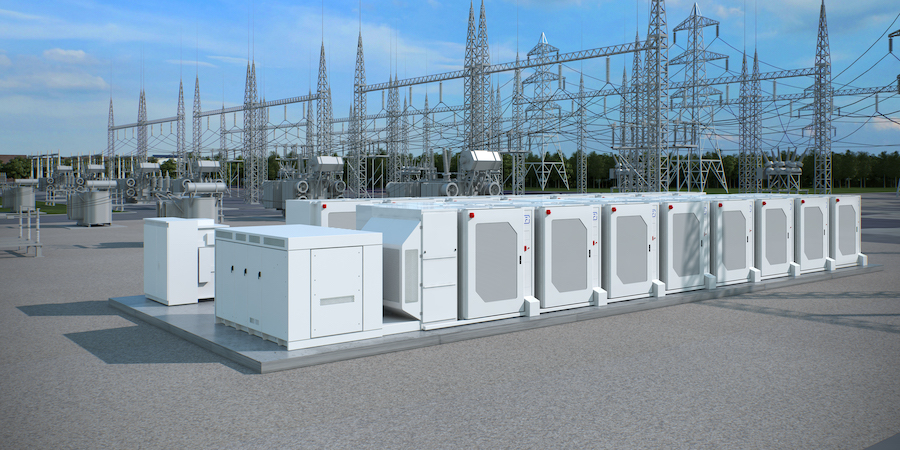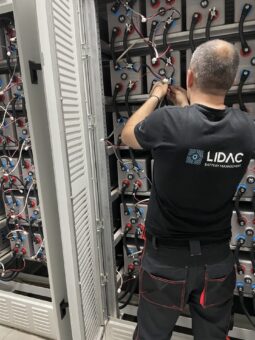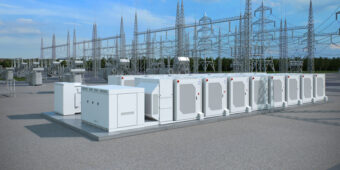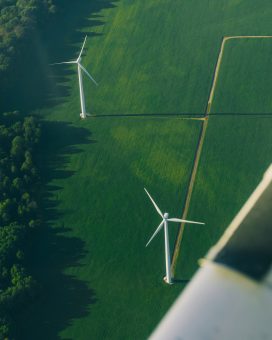
Energy infrastructure in the greater Horn of Africa has struggled to keep pace with a fast-growing population, creating a formidable hurdle for the region’s buoyant economies that can best be overcome through stronger deployment of energy efficiency and renewable technologies, according to a new IEA report.
Countries in the region have already demonstrated they can find innovative solutions to extend electricity access to underserved populations and have huge underexploited potential for wind and solar power. But achieving these objectives requires supportive policies, better regulatory frameworks, regional cooperation and international financial assistance, according to the IEA’s new report on Clean Energy Transitions in the greater Horn of Africa, which is being presented at a conference in Kampala, Uganda.
Energy consumption in the greater Horn of Africa – defined in the report as Djibouti, Eritrea, Ethiopia, Kenya, Somalia, South Sudan, Sudan and Uganda – has grown by 3 per cent per year over the last decade, but half the population still lacks access to electricity and only one in six people cooks with modern fuels. The eight countries represent nearly a quarter of sub-Saharan Africa’s GDP, yet their total energy consumption is less than that of Belgium and the Netherlands combined – but with 10 times the population.
“The greater Horn of Africa is home to some of the world’s fastest growing economies, but its potential is at risk if energy infrastructure can’t keep pace,” said Mary Burce Warlick, the IEA Deputy Executive Director. “The IEA stands ready to provide expertise and policy advice for African countries to develop clean, reliable and affordable energy systems that will serve all their people. These efforts will hinge on regional cooperation and international assistance.”
More:
Ms Warlick is providing the keynote remarks at the Kampala conference along with Ugandan Minister of Energy and Mineral Development Ruth Nankabirwa and Netherlands Vice Minister for International Cooperation Kitty Van Der Heijden. All eight regional countries have sent representatives from their energy ministries, and other regional stakeholders are attending as well.
Despite being one of the regions globally that is most vulnerable to the impacts of climate change, the greater Horn of Africa has one of the lowest levels of emissions per capita. In 2020, the region emitted about the same amount of carbon dioxide as New York City.
Bioenergy – often in the form of gathered firewood, charcoal and agricultural waste – currently meets around 80 per cent of the greater Horn of Africa’s energy demand. For electricity, the region has one of the world’s most sustainable systems, with more than 85 per cent of generation coming from renewables – mostly in the form of large hydropower projects in Ethiopia, Sudan and Kenya. But the region has massive, underutilised potential for solar, wind and geothermal power.
Source: IEA

